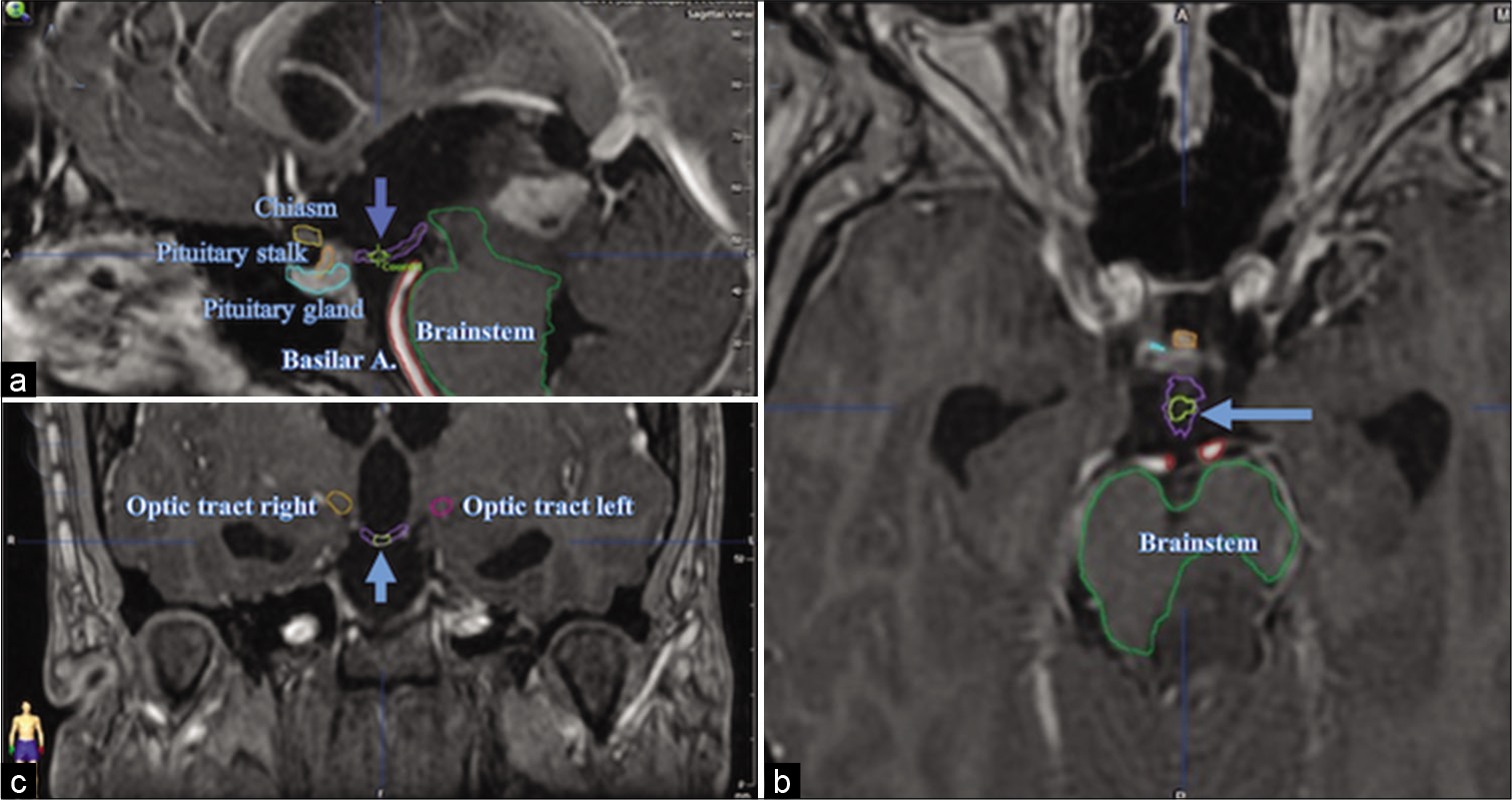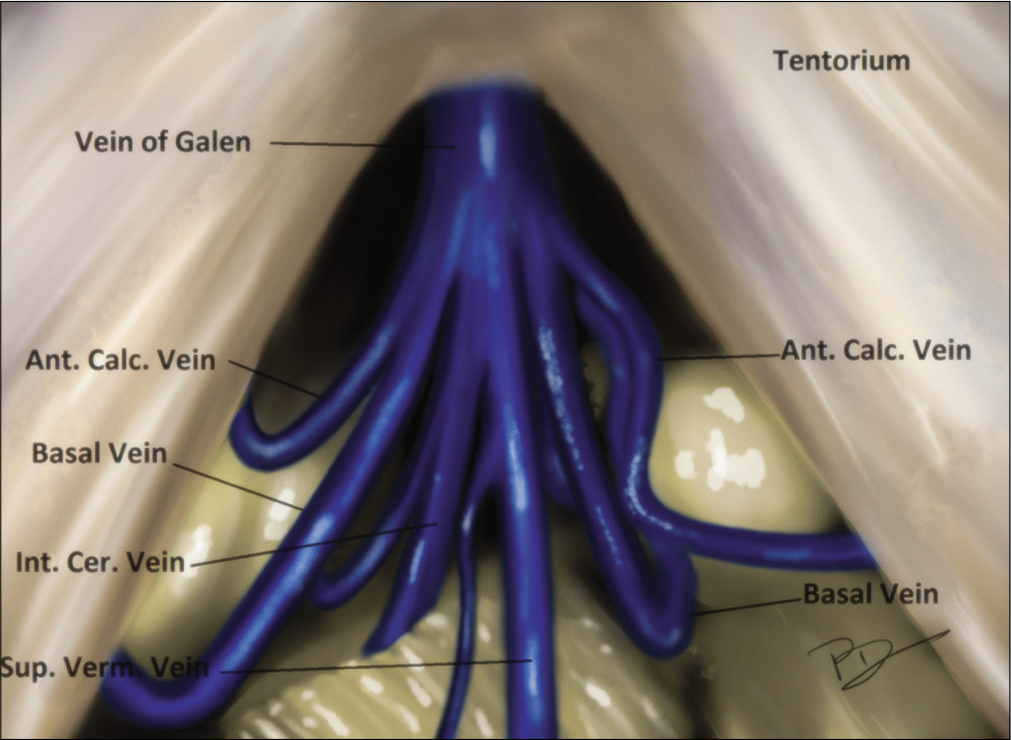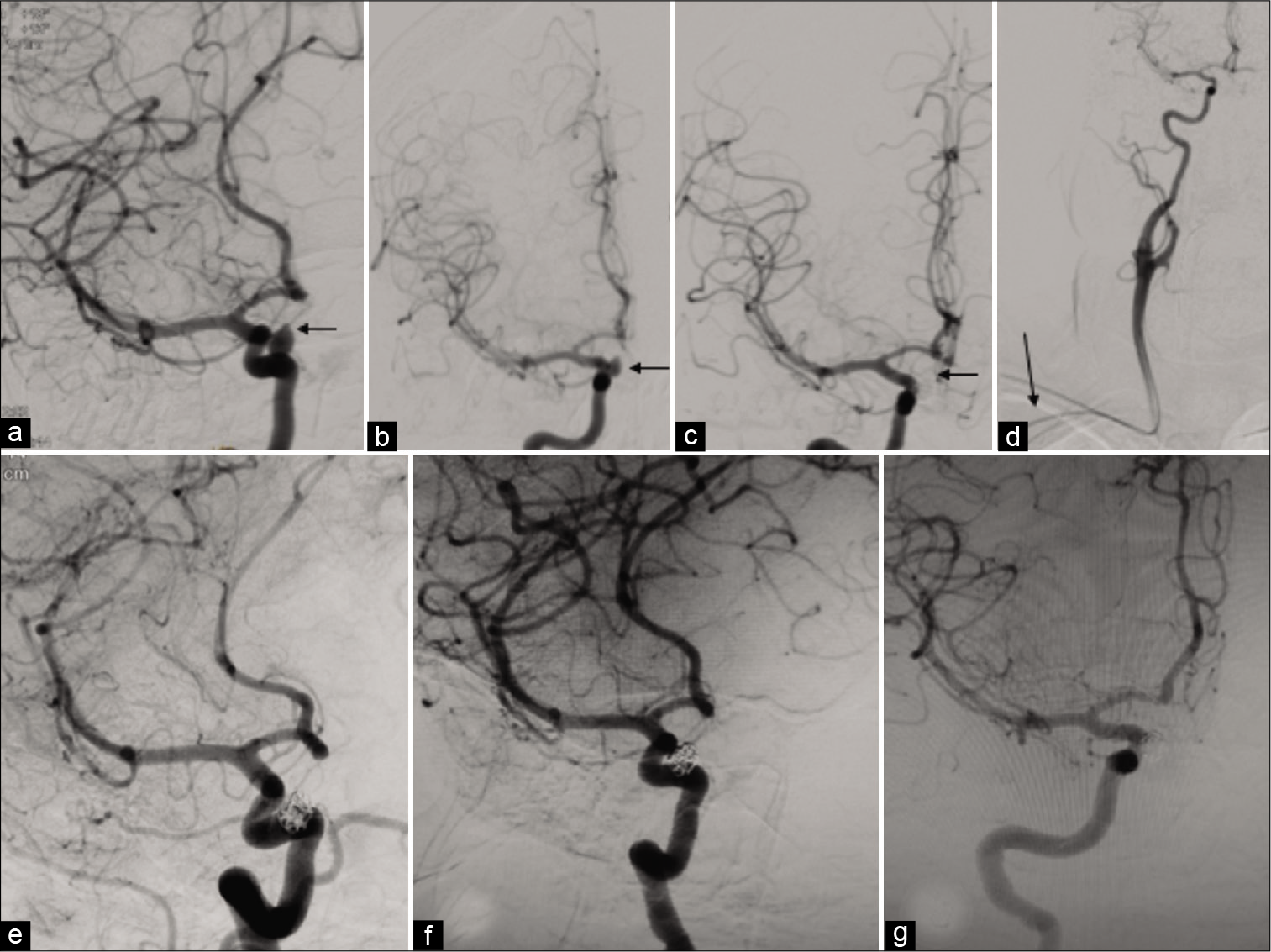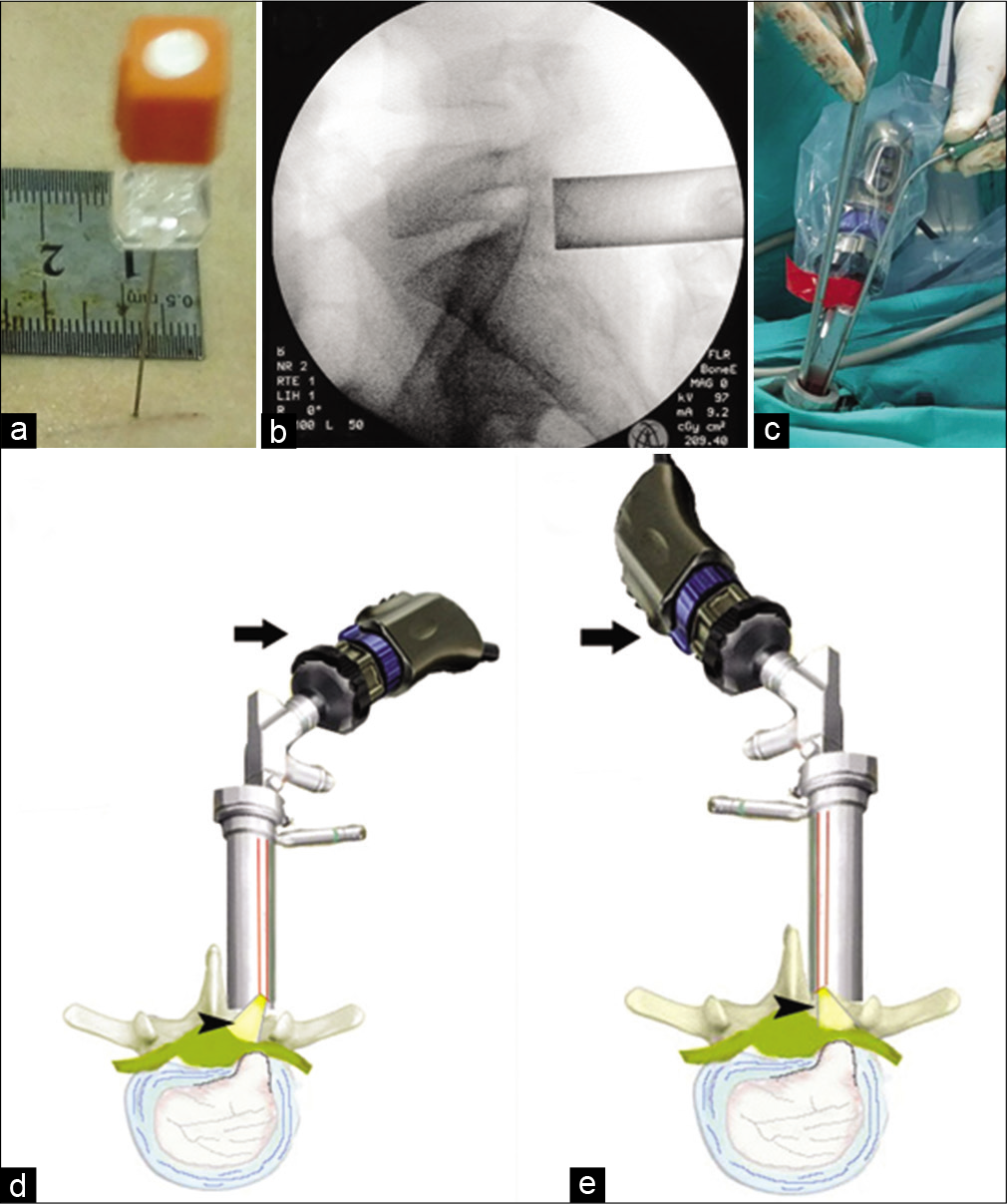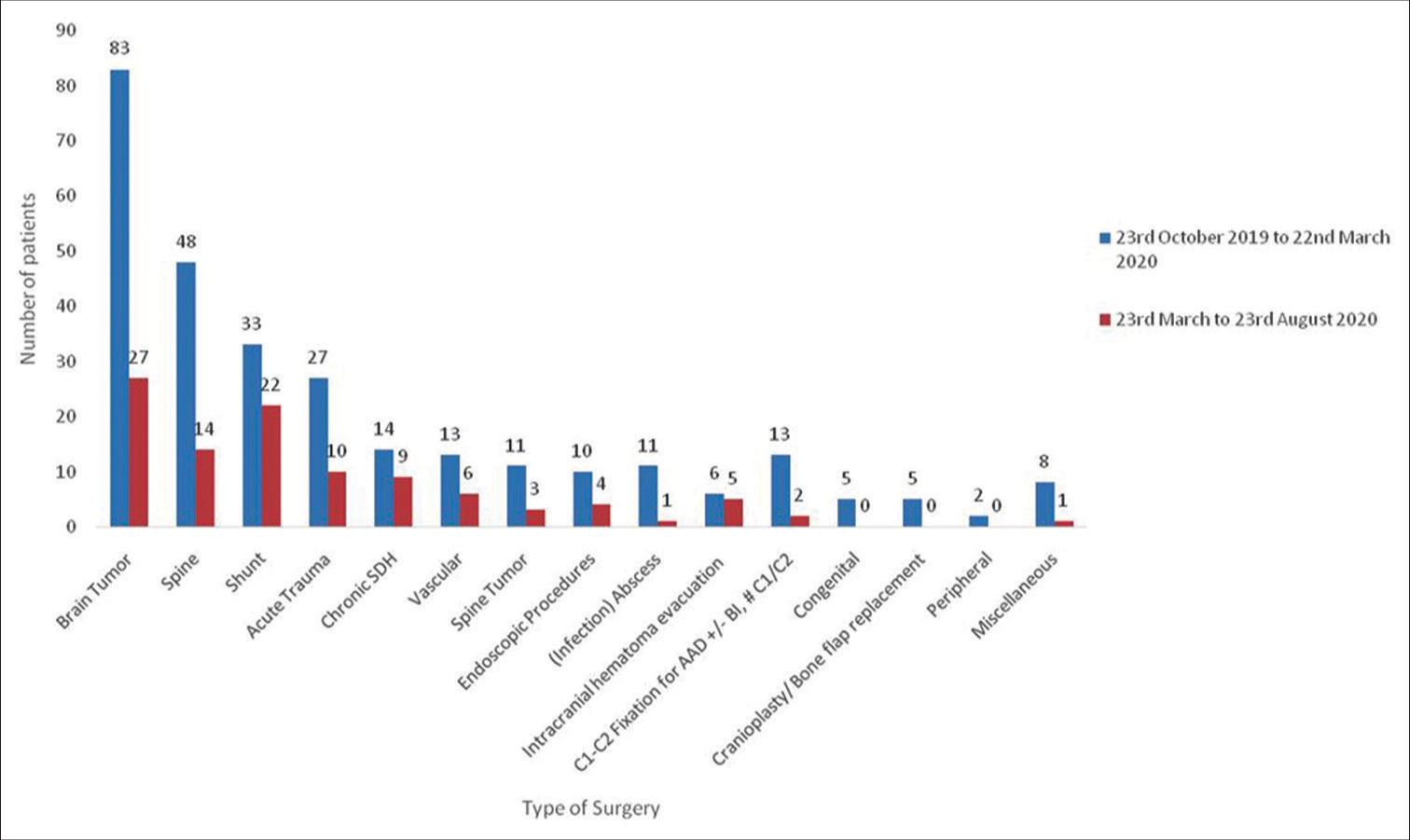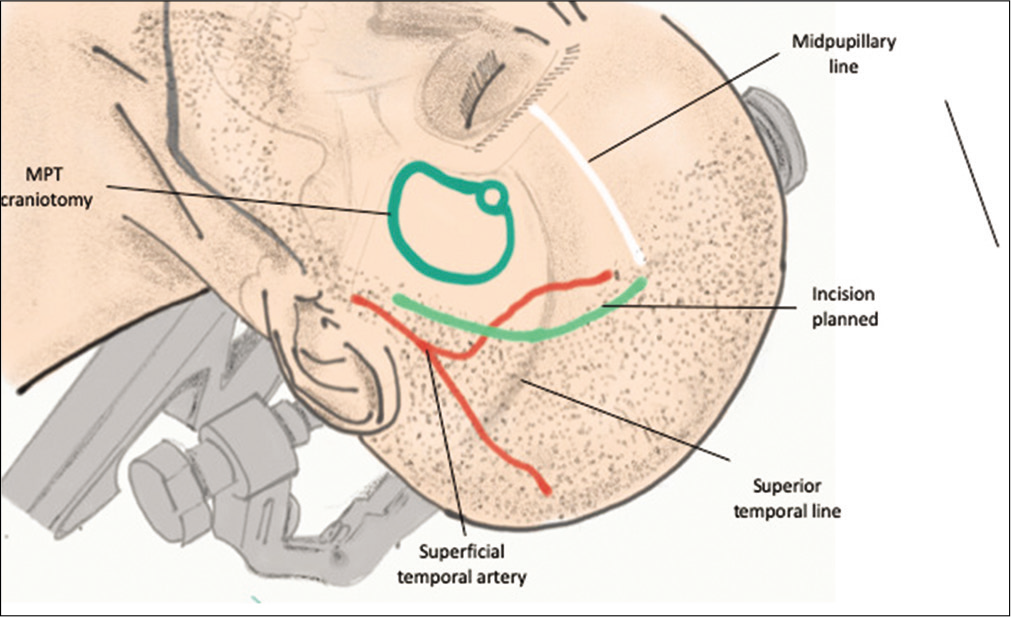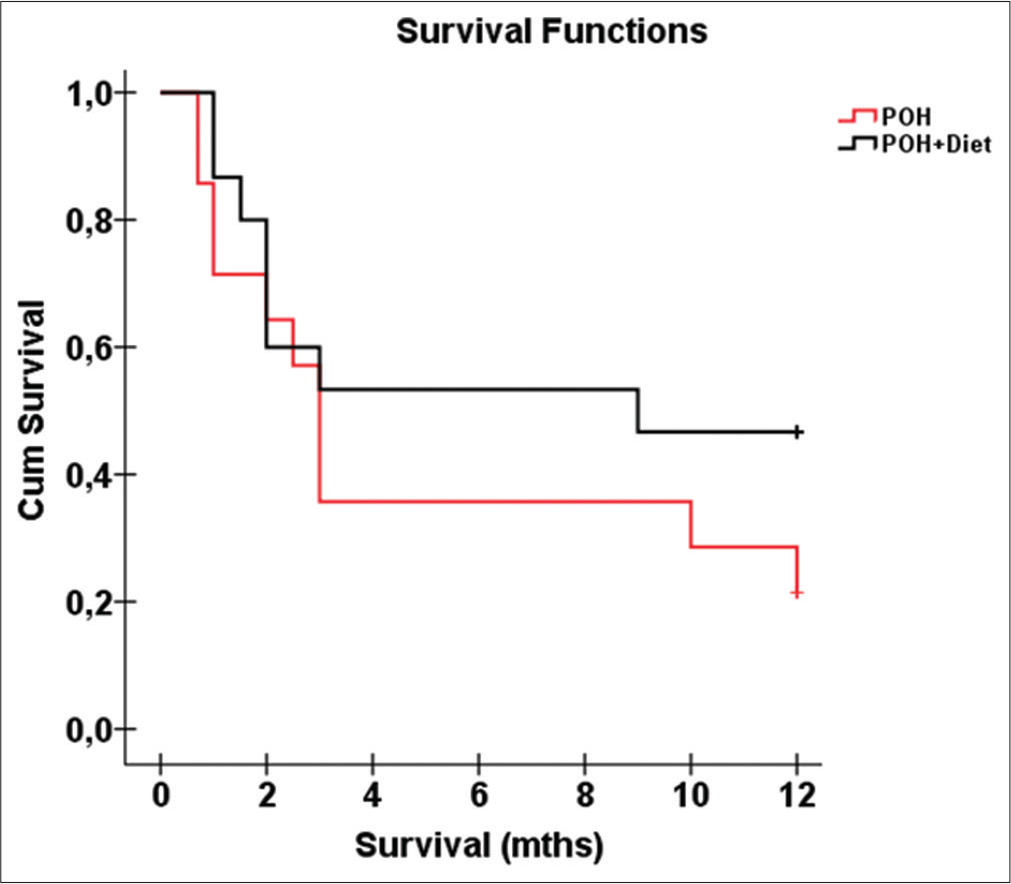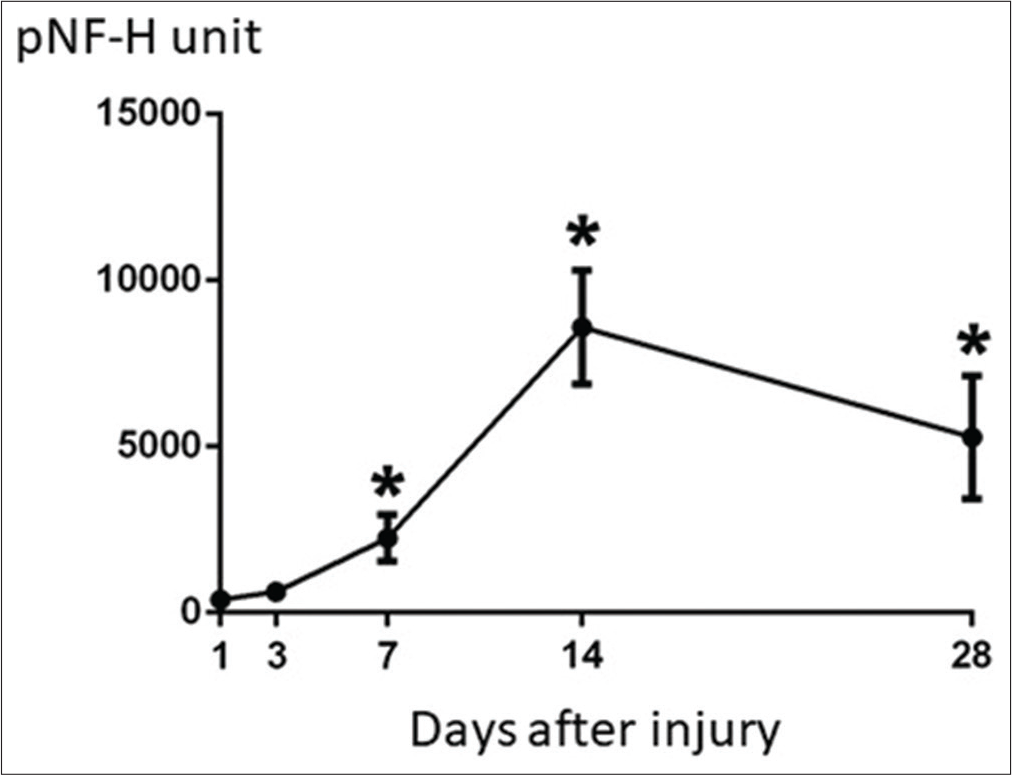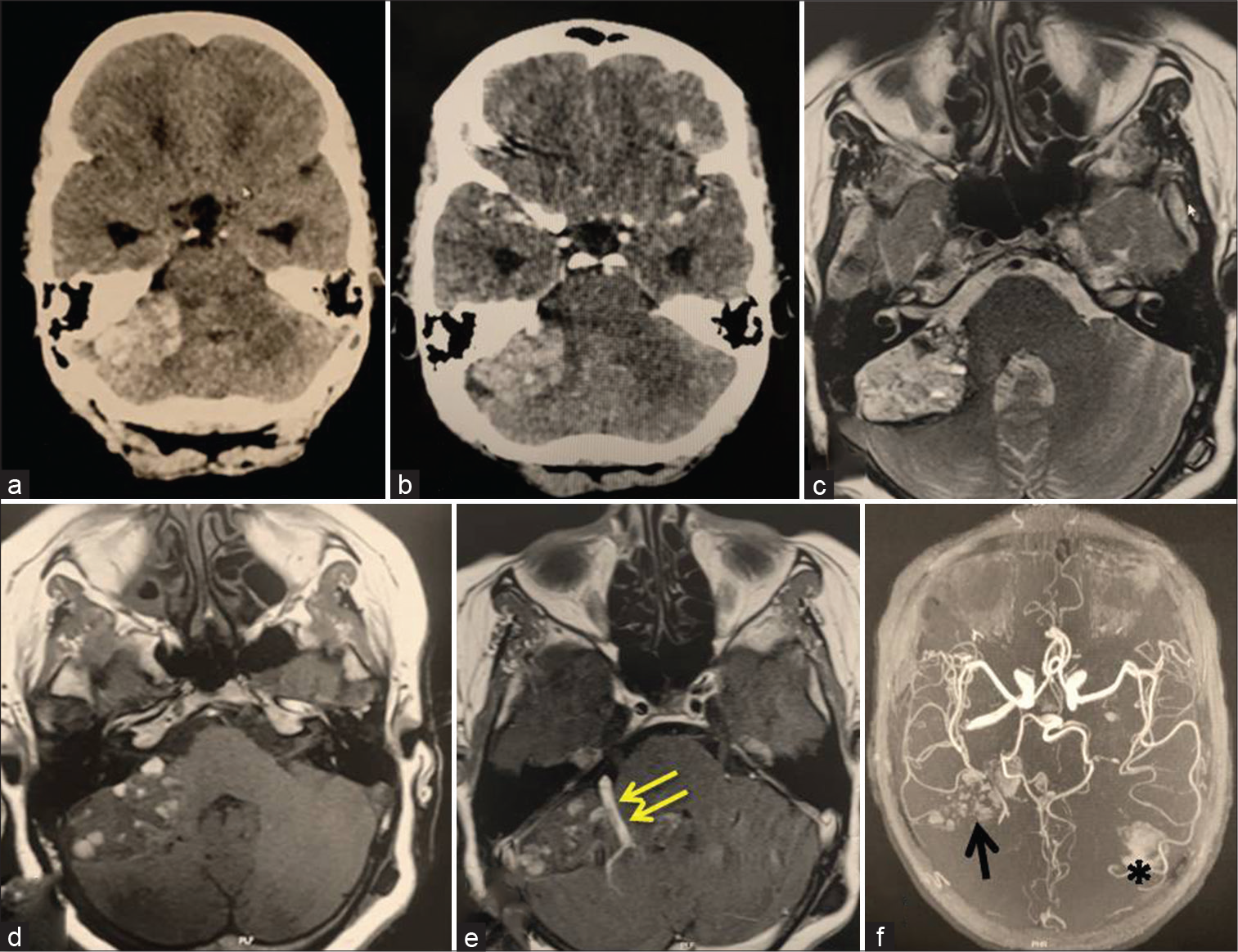Frameless radiosurgical third ventriculostomy: Technical report
Date of publication: 18-Nov-2020
Background: We describe the technical report and results of the first image-guided, linear accelerator, frameless radiosurgical third ventriculostomy.
Venous corridors in gravity-assisted retractor-less occipito-transtentorial approach – Our experience of an avenue through the tentacles of pod
Date of publication: 18-Nov-2020
Background: Occipital transtentorial approach for selected posterior third ventricular or retrosplenium region tumors provides an ergonomic and safe access. Over centuries, the opponents of this approach highlight the problem of postoperative visual field defect, related to the retraction of occipital lobe. The aim was to describe the surgical nuances of gravity-assisted retractor-less occipital-transtentorial approach (GAROTA) as a modification of originally described GAROTA to minimize the complications with a similar ease of surgery.
Outpatient treatment of cerebral aneurysms: A case series
Date of publication: 18-Nov-2020
Background: Major advances in the endovascular treatment of cerebral aneurysms have reduced the incidence of intra- and postprocedural complications. The length of stay after treatment for incidental aneurysms remains between early next-day discharge and 2 days. We hypothesized that discharging patients the same day would not be associated with any increase in the rate of postdischarge adverse events.
Endoscopic interlaminar lumbar discectomy: How to decrease the learning curve
Date of publication: 18-Nov-2020
Background: Herniated lumbar disc is a common cause of lumbosacral pain. Endoscopic interlaminar lumbar discectomy (ILD) is a well-established technique that provided comparable results to micro-discectomy. The aim of the study is to describe the learning curve of endoscopic ILD and explore measures that could improve effectiveness and decrease blood loss and operative time with accumulation of reasonable experience.
Effect of coronavirus disease 2019 pandemic on case volume, spectrum, and perioperative coronavirus disease 2019 incidence in neurosurgical patients: An experience at a tertiary care center in India
Date of publication: 13-Nov-2020
Background: The volume and spectrum of neurosurgical procedures being performed during the coronavirus disease 2019 (COVID-19) pandemic have significantly changed as compared to the pre-COVID-19 period. The objective of this study is to examine this change and draw useful conclusions.
Extradural minipterional approach for giant intracranial aneurysms
Date of publication: 11-Nov-2020
Background: The clinical applicability of the minipterional (MPT) craniotomy is still limited to small and superficial anterior circulation aneurysms. We discuss the technical nuances of a modified MPT approach, the extradural MPT approach (eMPTa), for the treatment of a giant intracranial aneurysm (GIA) arising from the paraclinoid carotid artery.
Adjuvant effect of low-carbohydrate diet on outcomes of patients with recurrent glioblastoma under intranasal perillyl alcohol therapy
Date of publication: 11-Nov-2020
Background: Standard of care for glioblastoma (GB), consisting of cytotoxic chemotherapy, steroids, and high-dose radiation, induces changes in the tumor microenvironment through its effects on glucose availability, which is a determinant for tumor progression (TP). Low-carbohydrate diet (LCD) reduces the glucose levels needed to drive the Warburg effect.
Microvascular decompression for typical trigeminal neuralgia: Personal experience with intraoperative neuromonitoring with level-specific-CE-Chirp® brainstem auditory evoked potentials in preventing possible hearing loss
Date of publication: 11-Nov-2020
Background: Permanent hearing loss after posterior fossa microvascular decompression (MVD) for typical trigeminal neuralgia (TTN) is one of the possible complications of this procedure. Intraoperative brainstem auditory evoked potentials (BAEPs) are used for monitoring the function of cochlear nerve during cerebellopontine angle (CPA) microsurgery. Level-specific (LS)-CE-Chirp® BAEPs are the most recent evolution of classical click BAEP, performed both in clinical studies and during intraoperative neuromonitoring (IONM) of acoustic pathways during several neurosurgical procedures.
Serial changes in serum phosphorylated neurofilament and value for prediction of clinical outcome after traumatic brain injury
Date of publication: 11-Nov-2020
Background: Phosphorylated neurofilament heavy subunit (pNF-H) is a constituent protein of the nerve axon, which leaks into the peripheral blood in various central nervous disorders. This study examined the time course of pNF-H value up to 1 month after injury and investigated the correlation with clinical outcome.
Extra-axial cerebellopontine angle cavernoma: A case report and review of literature
Date of publication: 11-Nov-2020
Background: Extra-axial cavernomas at the cerebellopontine angle (CPA) are rare clinical entity that can radiologically mimic several lesions encountered at this location.


